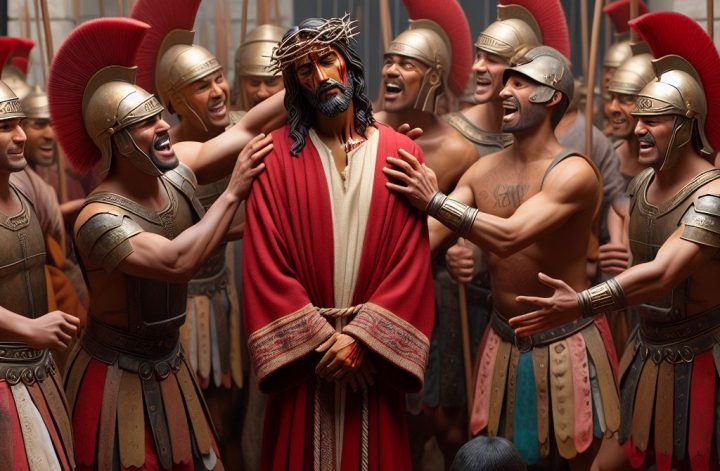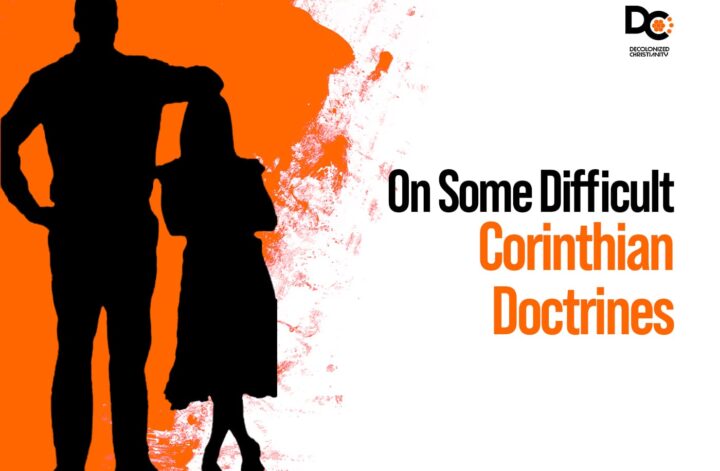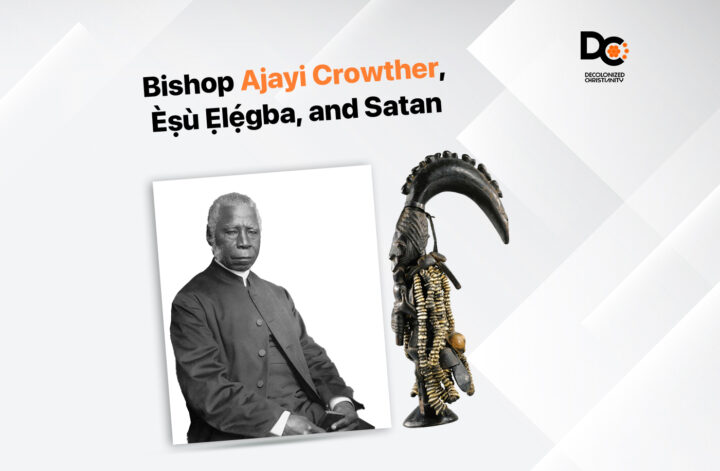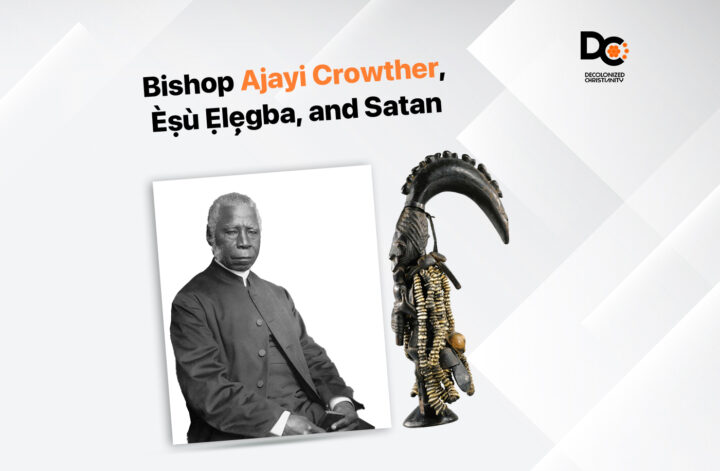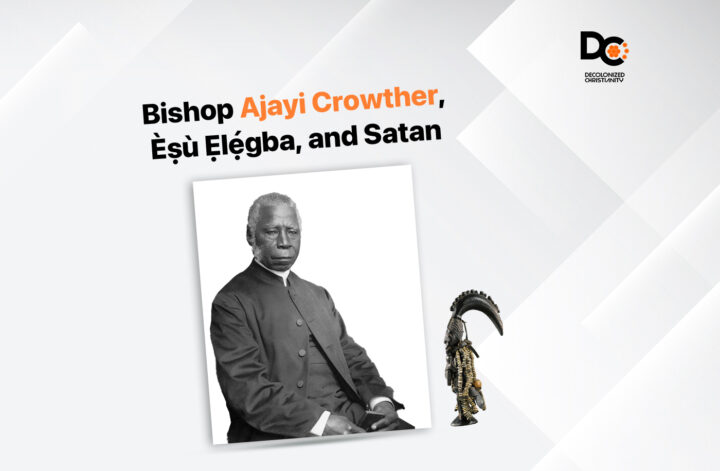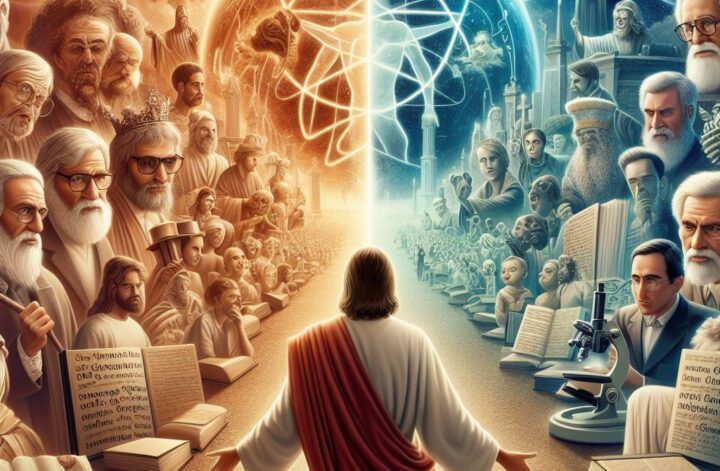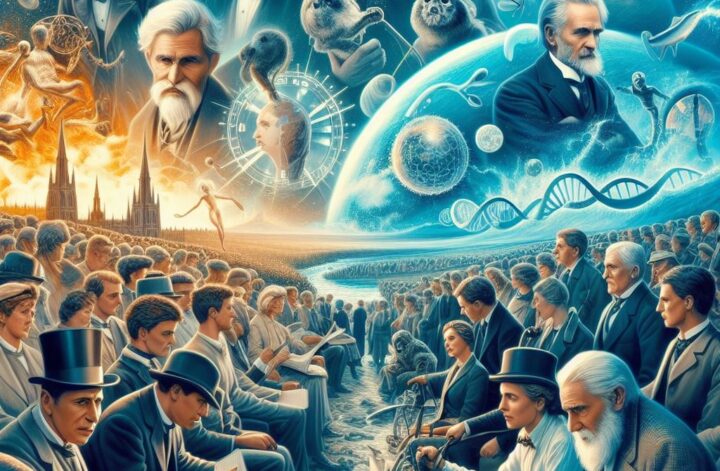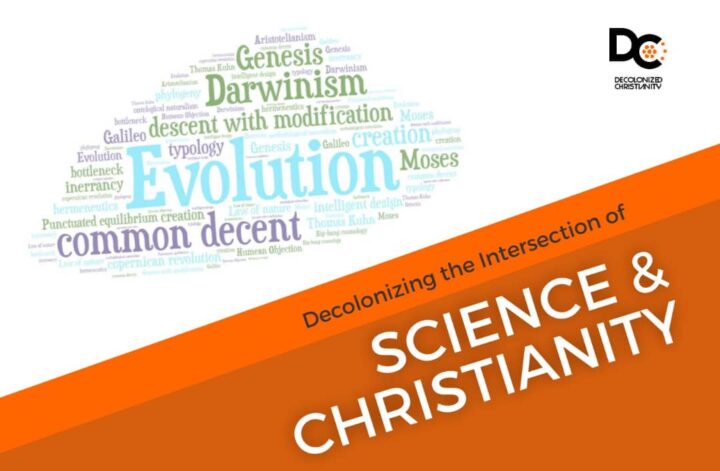Warning: This article may be triggering as it touches on the subjects of torture and sexual abuse.
Background
Often, the prevailing imagery surrounding a distant event has since been distorted, deodorized, or cleaned up so that current beliefs about the event could be inaccurate or incomplete. We can find examples in several spheres of life, including church history. For example, what many churchgoers today believe about angels or what Jesus or even Satan looked like have been shaped more by other things along the way so that the beliefs, measured against what first-century Palestinians held, are dissimilar. The idea that angels, a term that is popularly erroneously used to refer to essentially all heavenly beings except God, are winged creatures derived from European literature, not the Bible. To be sure, the Bible does talk about heavenly beings like cherubs who have wings, but biblical angels are not winged beings. On this platform, we have already addressed the origins of the ahistorical White Jesus in previous blog posts. We also considered the complexities surrounding the identity of Satan, especially among Yoruba-speaking believers. The present article is another instance of correcting a distorted historical event.

